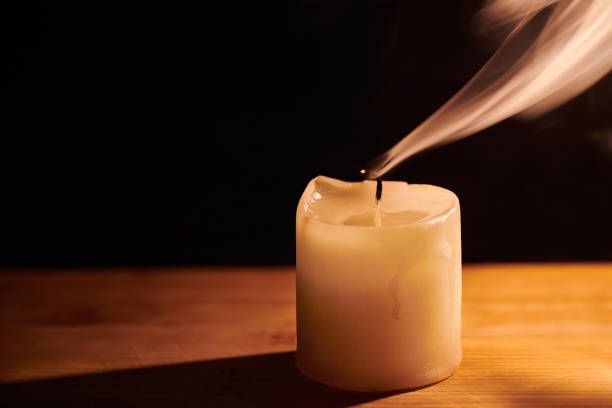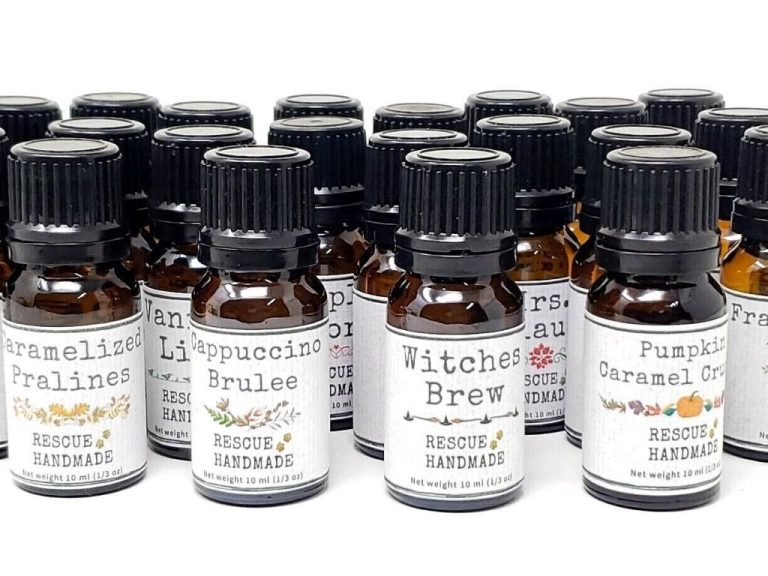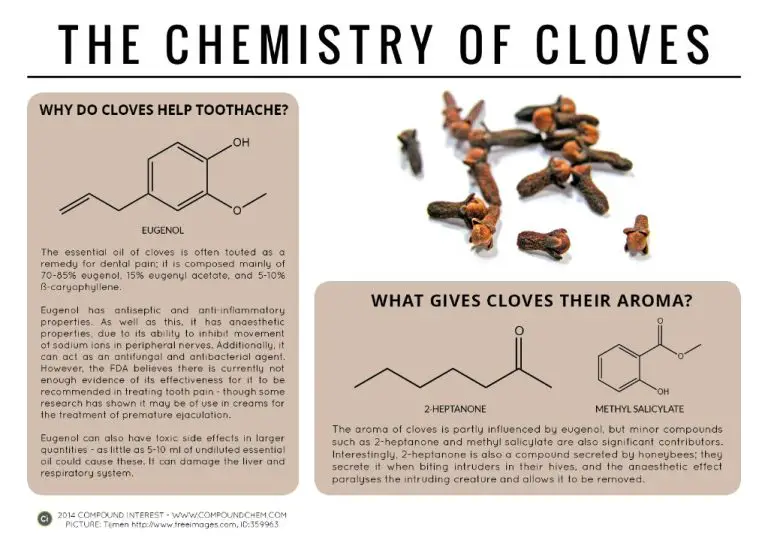Why Do Some Candles Smell Bad?
Bad smelling candles are an issue many consumers face. Recent studies estimate that 65-70% of consumers have experienced a candle that smells off or unpleasant at some point. With scented candles being such a popular household product, it’s important to understand why some give off bad odors despite being marketed as having pleasant scents.
This article provides an overview of the various reasons a scented candle can have an unfavorable or unexpected smell. Manufacturing errors, wick issues, fragrance mixing, storage conditions, individual sensitivities, and more can all be factors. By exploring the potential causes, we can better understand how to select quality candles and enjoy the intended aromas.
Manufacturing Issues
One common cause of bad candle smells is the use of low quality wax or oils during manufacturing. Cheaper waxes like paraffin can give off an unpleasant petroleum odor as the candle burns, especially if not fully refined. Soy wax, a popular alternative, has a natural scent that some find unpleasant. Using old or rancid oils in the fragrance blend is another issue, as oxidation causes scents to turn foul over time. Proper storage and rotation of wax and oil inventory is key to avoiding this. According to this source, many candle scent issues can be traced back to the quality of materials used in production.
Wick Issues
One of the most common reasons for a candle to have an unpleasant smell is related to problems with the wick. The wick is responsible for drawing up the melted wax so that it can be burned cleanly. If the wick is the wrong material or the wrong size, it can lead to incomplete combustion and the production of soot or smoke which causes unpleasant smells.
Using a wick that is too small for the diameter of the candle can result in the wick being drowned in melted wax and unable to properly draw up the fuel to the flame. This can cause the wax to overheat and burn, releasing foul odors. According to the Village Craft and Candle Company, another sign of a wick that is too small is tunneling in the melted wax pool [1].
On the other hand, a wick that is too large can cause the candle to burn too hot and produce excess soot and smoke. As noted by Terre de Bougies, deep wide melt pools are indicative of a wick that is oversized for the candle [2]. The excess heat breaks down the wax molecules leading to unpleasant burnt smells.
The material of the wick also matters. Cotton and paper wicks are preferable to materials like zinc or lead core wicks which can produce toxic fumes. The wrong wick material can be a source of bad smells from a candle.
Container Issues
Scent throw in candles can be diminished if the container does not allow for proper airflow (What is a container candle). Containers that are too deep or narrow can restrict oxygen from reaching the wax pool, which reduces how well fragrance oils evaporate into the air. Candles with lids that fit too tightly over the top can also trap scent molecules rather than letting them diffuse out. According to one source, open containers like tumblers allow for the best hot and cold scent throw compared to jars and tins (How to choose candle containers?).
Another container issue is wick drowning, where liquefied wax pools too high and engulfs the wick. This happens more often in containers with straight sides rather than tapered sides, as tapered containers allow more surface area for the wax pool to spread. Wick drowning can lead to poor scent throw if the wick becomes smothered (How to choose candle containers?).
In summary, the scent throw of a candle relies heavily on proper airflow and wick access. Candles with ill-fitting lids or containers that are too narrow can trap scents rather than letting them disseminate into a room. Optimal fragrance diffusion happens in open, wide containers that prevent wick drowning.
Scent Mixing

One reason candles can smell bad is when conflicting scents are blended together. Certain scents can clash and create an unpleasant aroma when combined. For example, mixing a floral fragrance like rose with a musky scent like sandalwood can result in an odd, muddled smell. According to The Art of Combining Candles, scents in the same fragrance family tend to blend more harmoniously without clashing. Mixing disparate fragrance types like florals and woods can make candles smell “muddy.”
Some candle makers try to blend too many scents into one candle. The more scents that are combined, the higher likelihood of ending up with a muddled, bad smell. It’s best to stick to 1-3 complementary scents that work well together. Overloading a candle with too many fragrance oils is a common mistake cited for bad candle scents according to Reddit users.
Storage and Age
Over time, a candle’s scent can fade or change, especially if not properly stored. According to Temple Candles, direct sunlight and heat can cause the fragrance oils in candle wax to oxidize and degrade, making the scent fade faster. They recommend storing candles in a cool, dark place. Vincent Land Candle Co. suggests an ideal storage temperature between 50-75°F to prevent scent loss.
Candles can also absorb other smells from their environment over time. Storing candles near other fragrant products like perfumes, air fresheners, or scented cleaning supplies can cause the candle’s intended scent to mix with those external smells. For best scent retention, candles should be stored alone, wrapped in original packaging if possible.
Burning Issues
One of the most common reasons for bad candle smells is improper burning practices. When a candle burns too hot, it can cause the wax to overheat and produce more smoke and soot. According to Candles.org, burning a candle for too long will cause carbon buildup on the wick, leading it to “mushroom.”
A thick, mushrooming wick becomes unstable and can produce a dangerously large flame with increased smoke. This excessive soot can impart unpleasant burned or smokey smells to the candle (https://candles.org/your-foolproof-guide-to-burning-a-candle-correctly/).
To avoid burning issues, trim wicks to 1⁄4 inch before lighting and make sure to put candles out before the last 1⁄2 inch of wax. It’s also recommended not to burn candles for more than 4 hours at a time (https://www.jkmsoycandles.com/best-burning-practices). Proper wick maintenance and limited burn times can help minimize soot production and prevent candles from smelling burnt.
Individual Sensitivity
Some people simply have a greater sensitivity to certain smells than others. This can be due to genetic factors that impact our olfactory receptors, as well as previous experiences that condition us to react strongly to certain scents. This can lead to dislikes of even pleasant or neutral scents for some individuals.
Scent preferences are also highly subjective based on personal taste. What is an amazing aroma to one person may be unpleasant to another. Within a population there tends to be a diversity of scent preferences, just as there are differences in preferences for foods, music, and other sensory experiences. With candles, someone may find a particular fragrance cloying or irritating, even when most other people enjoy that scent.
Those with hyperosmia, an increased sensitivity to smells, may also find candle scents overwhelming. Even small amounts of fragrance from a candle can be too much for those with hyperosmia, leading them to perceive pleasant scents as unpleasant or foul.
Fragrance Allergies
Some people experience allergic reactions or sensitivities to certain fragrance chemicals found in candles. This can cause candles that most people find pleasant to smell unpleasant or even cause headaches, breathing issues, rashes, nausea, and other symptoms in sensitive individuals.
Common allergenic fragrance ingredients include essential oils like lavender, eucalyptus, and lemon, as well as synthetic fragrance chemicals like linalool, limonene, and coumarin. People prone to allergies and asthma seem to be more likely to react.
If a candle gives you headaches or other symptoms, it’s best to stop burning it. Look for hypoallergenic or unscented candles made with soy, beeswax, or other natural ingredients. A candle that smells bad or irritating to you may smell perfectly fine to other people who aren’t sensitive.
Conclusion
In summary, there are a few key reasons why some candles may smell bad. Manufacturing issues like low quality fragrance oils, wicks that are too long or short, and poor quality containers can all lead to bad smells when burning a candle. How the scents are mixed and blended can also cause unpleasant smells if not done properly. Candles that are old, stored improperly, or burned incorrectly are also more likely to smell bad. Lastly, some individuals may be more sensitive to certain fragrances or have fragrance allergies that make some candle scents unappealing to their nose.
To avoid buying candles with unpleasant smells, opt for those from reputable makers that use high quality ingredients. Choose scents that work for your space and personal preference. Carefully trim wicks before burning, and make sure to burn candles in open, ventilated areas for the proper amount of time. Never burn a candle for more than a few hours at once. Store candles in cool, dark places and discard them if they are more than 1-2 years old. With some care taken in selecting and burning candles, you can avoid those with unpleasant smells.






